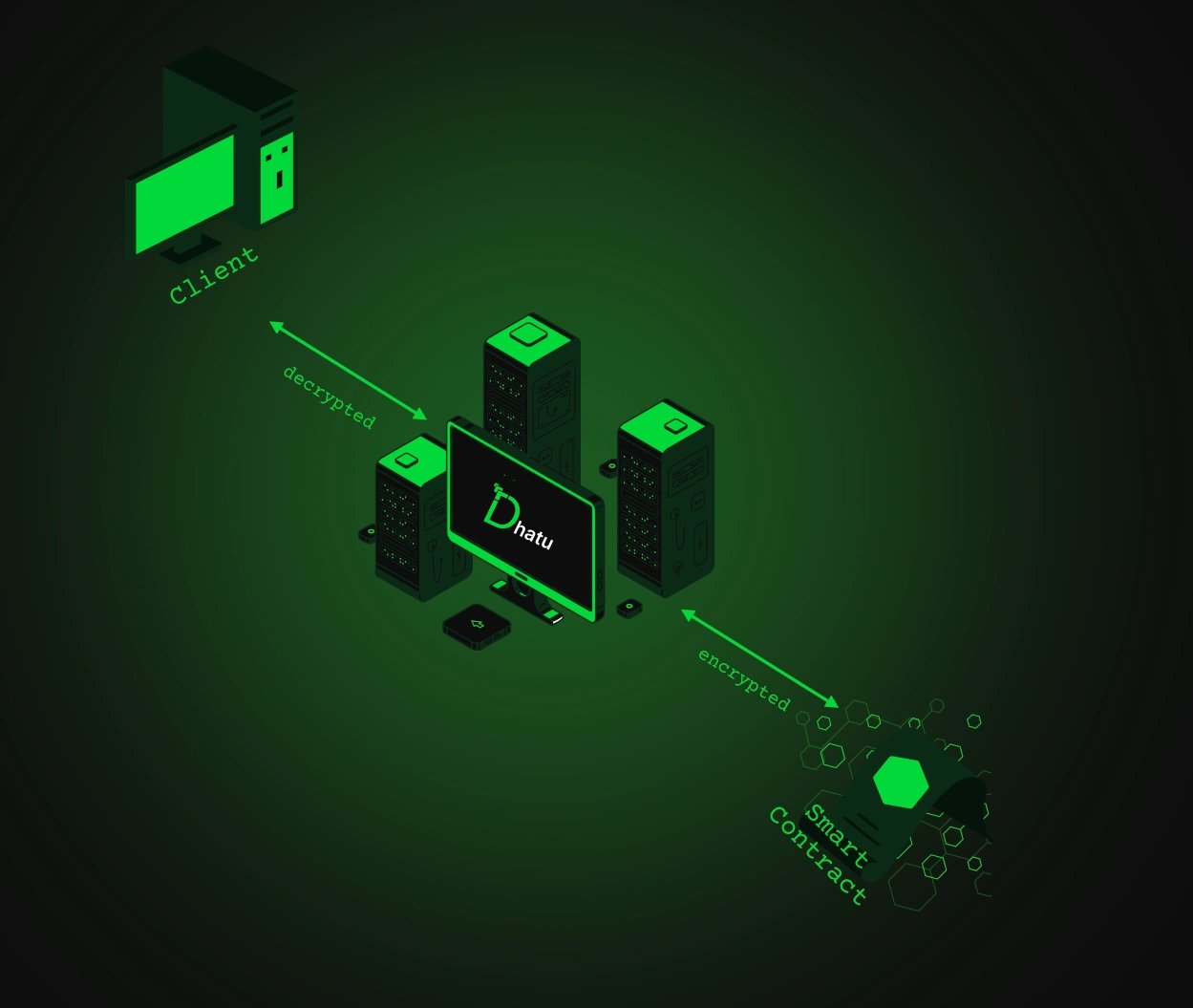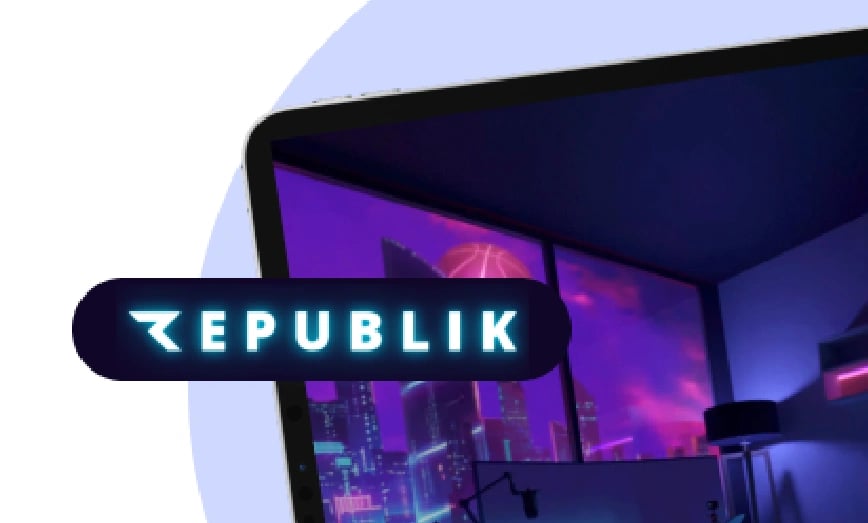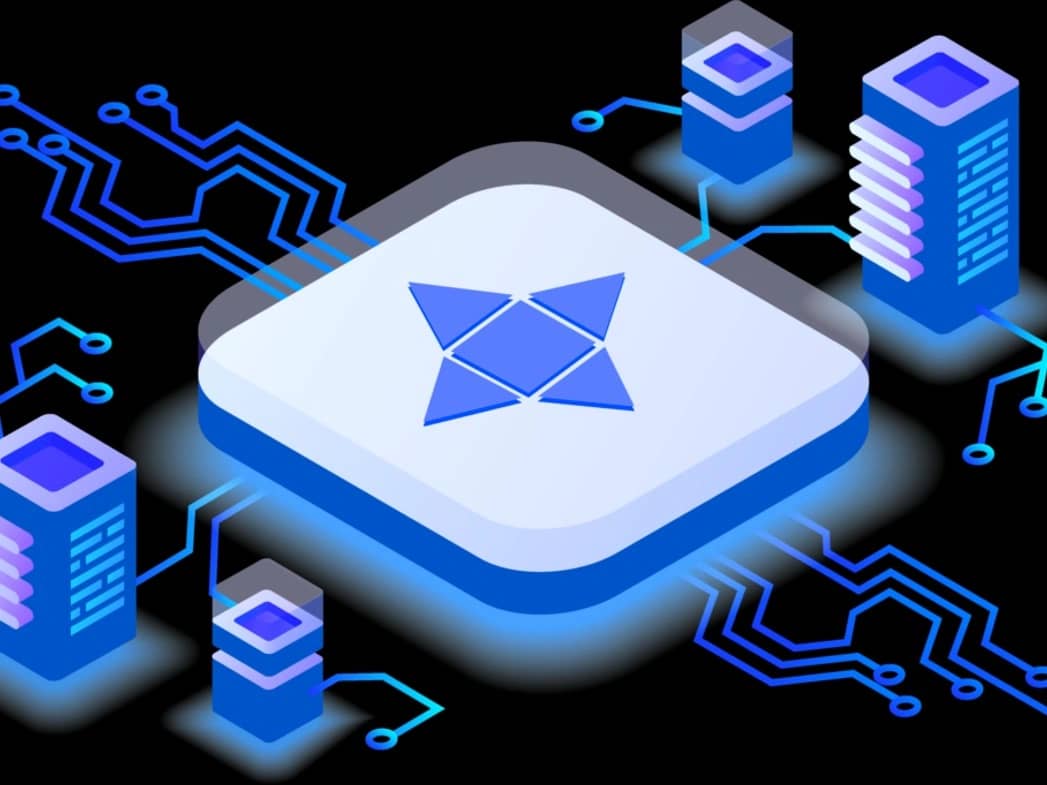위키 구독하기
Share wiki
Bookmark
MandalaChain
MandalaChain
**만달라체인(MandalaChain)**은 폴카닷(Polkadot) 기반의 블록체인으로, 정부 및 기업 애플리케이션을 공공 및 소매 부문과 통합하여 이러한 영역 간의 상호 운용성 및 거래를 촉진하는 것을 목표로 합니다.[1][2]
개요
2023년 I Gede Putu Rahman Desyanta와 Michael Bennallack에 의해 설립된 만달라체인(MandalaChain)은 신흥 블록체인 시장과 글로벌 시장을 연결하기 위한 것입니다. 초기에는 인도네시아에 집중하여, 기술에 정통한 인구와 지원적인 규제 환경을 바탕으로 블록체인 채택을 장려하고자 합니다.
만달라체인(MandalaChain)의 접근 방식에는 정부 및 기업 부문 내에서 파트너십을 개발하고, 공용의 허가 없는 시스템과 통합되는 비공개, 허가된 블록체인 네트워크를 구축하고, 인도네시아의 현재 및 미래의 요구를 충족하기 위해 크로스체인 가치 전송을 촉진하는 것이 포함됩니다.[1][2][3][4][5][6]

제품
Dhatu Gate
Dhatu Gate는 Web2와 같은 인터페이스를 통해 Web3 기능을 통합하여 Web2에서 Web3로의 전환을 용이하게 하는 것을 목표로 합니다. 기존 웹 애플리케이션을 Web3 기능과 연결하는 기술 스택을 제공합니다. 또한, Dhatu Gate는 스마트 계약을 통해 데이터 거래에 대한 ACID 준수를 보장하고 JSON과 같은 텍스트 데이터 저장을 지원하는 블록체인 기반 저장소 솔루션을 제공합니다.[1][11]

IDCHAIN
만달라체인(MandalaChain)의 IDCHAIN은 .id 도메인에 안전한 디지털 신원 인프라를 구축하여 정부 및 기업 포털과의 상호 작용을 가능하게 하는 것을 목표로 합니다. 이 시스템은 은행, 의료, 보험 및 교육과 같은 다양한 부문을 지원하도록 설계되었습니다.
이 플랫폼은 여러 파일럿 프로젝트에도 참여하고 있습니다. 여기에는 90개 이상의 은행과 20개 이상의 병원에 블록체인을 통합하고, 인도네시아 금괴 회사와 금 토큰화를 탐색하고, 데이터 제공업체와 블록체인 인프라에 대해 협력하는 것이 포함됩니다. 또한, 만달라체인(MandalaChain)은 BKRAF와 협력하여 제품에 대한 인증 솔루션을 개발하고 있습니다.[12]
아키텍처
만달라체인(MandalaChain)의 아키텍처는 폴카닷(Polkadot) SDK의 Substrate 프레임워크를 기반으로 하며, Rust를 사용하고 Native 및 WebAssembly(WASM) 런타임으로 컴파일됩니다. 분산된 노드 네트워크를 통해 작동하며, 필수 서비스를 제공하고 특정 요구 사항에 맞게 사용자 지정할 수 있습니다.[9]
생태계
1계층 네트워크
Madya 메인넷
Madya는 만달라체인(MandalaChain)의 메인넷으로, Niskala 테스트넷에서 테스트되고 검증된 기능을 통합하도록 설계되었습니다. 테스트넷에서 입증된 보안 및 안정성을 강조하여 유사한 기능을 제공하는 것을 목표로 합니다.[8]
Niskala 테스트넷
Niskala는 만달라체인(MandalaChain)의 테스트넷으로, 기능이 Madya 메인넷에 배포되기 전에 테스트되는 곳입니다. 메인넷의 기능을 복제하고 정기적으로 차세대 기능을 테스트하여 향후 포함 가능성을 평가하는 것을 목표로 합니다.[8]
만달라체인 재단(Mandala Chain Foundation)
만달라체인(MandalaChain) 생태계는 만달라체인 재단(Mandala Chain Foundation, MCF)이 감독하며, 토큰, 재무 및 커뮤니티 개발을 관리하는 역할을 합니다. MCF는 재무 거버넌스 및 토큰 분배를 포함한 토큰 경제학을 관리하고 커뮤니티 거버넌스를 감독하는 것을 목표로 합니다. 재단은 생태계가 발전함에 따라 DAO 기반 모델로 전환하고, 이러한 전환을 지원하기 위한 구조와 관행을 구축하는 데 중점을 둘 계획입니다.[3][7]

Baliola
만달라체인(MandalaChain) 생태계에서 Baliola는 기술 거버넌스, 블록체인 유지 관리, 개발 및 보안을 담당하는 엔지니어링 부서의 역할을 합니다. MCF 재무를 활용하여 기술 인프라 발전과 Mandala Enterprise 솔루션 개발을 지원하는 것을 목표로 합니다.[3]

Republik Labs
만달라체인(MandalaChain) 생태계에서 Republik Labs(RL)는 커뮤니티 및 생태계 개발을 담당합니다. RL은 Republik Rupiah과의 파트너십을 통해 소셜 플랫폼과 온라인 커뮤니티를 관리하고, 프로젝트 인큐베이션 및 파트너십을 지원하여 만달라체인(MandalaChain)의 가시성을 높이는 것을 목표로 합니다. 또한, 공공 이니셔티브와 글로벌 대사 프로그램을 감독하여 인도네시아와 동남아시아에서 만달라체인(MandalaChain)을 홍보하고자 합니다.[3]

토큰 경제학
잘못된 내용이 있나요?
